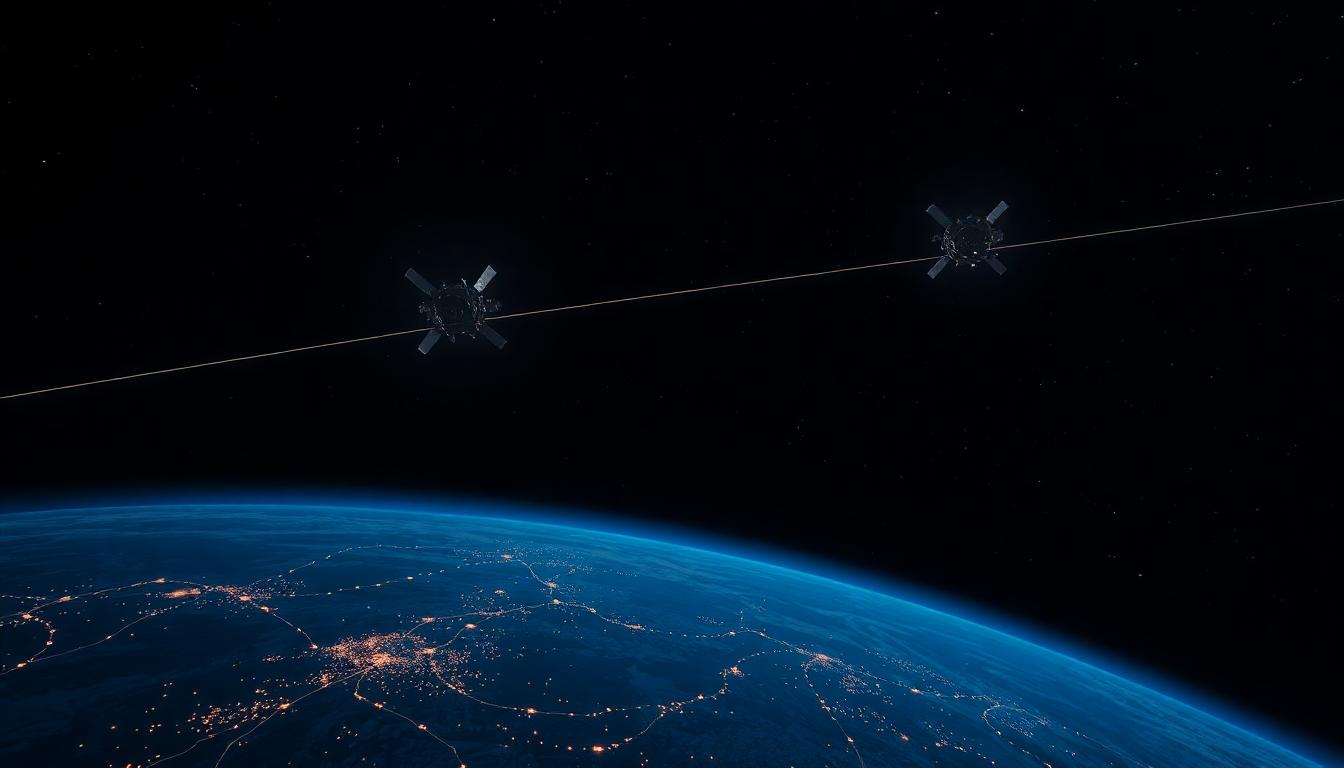Starlink, Elon Musk’s satellite internet service, experienced its largest and most serious outage yet on July 24, 2025. Tens of thousands of users across North America, Europe, Africa, Asia, and Australia lost their connectivity. The incident has sparked new concerns about dependency on global network services, digital security, and the resilience of critical infrastructure in the internet age.
What Happened: A Breakdown in the Stars
In the early hours of July 24, a major software failure swept through Starlink’s core network infrastructure. The effect was instant—over 61,000 users reported having no access to the internet, websites, or even emergency messaging services. From remote villages to busy cities, thousands found themselves suddenly offline.
The outage lasted about two and a half hours, making this the longest black-out in Starlink’s short history as a global provider. Usually known for its quick service and reliability, Starlink’s sudden silence jolted users and observers alike.
Impact: Who Was Affected?
Nearly everyone who relies on Starlink felt the disruption, whether at home, work, or in critical operations.
- Households: Families, especially in rural or remote regions with few options beyond Starlink, found their Wi-Fi down and their daily routines halted.
- Businesses: Small businesses and farms relying on real-time cloud software paused operations mid-task. Many couldn’t even process card payments due to interrupted connectivity.
- Schools and Healthcare: Rural schools with Starlink-powered learning and clinics relying on satellite links reported lost class time and delayed critical communications.
- Military and Security: Starlink has played a significant role in military and drone communication, notably for Ukraine. For over two hours, encrypted lines, battlefield coordination, and some surveillance links went dark, posing real risks to ongoing operations.

What Caused the Outage?
SpaceX engineers traced the disruption to a failed update in the network’s internal software. Starlink manages the internet by routing traffic through a network of more than 8,000 low-Earth orbit satellites. A routine update malfunctioned, causing a communication breakdown among these satellites, which usually work together seamlessly.
Some tech analysts suggested other contributing factors:
- Cyber Security Worries: Given Elon Musk’s admission of previous targeted cyber-attacks, speculation quickly spread online about a possible hack. However, no official evidence of an external attack has been provided.
- Solar Activity: Just days before, scientists had warned of potential solar storms that could increase the atmospheric drag on satellites, possibly worsening network conditions.
- Growth Pains: Starlink is currently rolling out large-scale software upgrades and expanding partnerships with telecoms like T-Mobile, adding strain and complexity to network management.
Inside Households: Frustration and Isolation

For many, this wasn’t just an inconvenience. Rural families, many without cell phone service or other broadband options, felt isolated and helpless. Parents couldn’t work online. Students lost hours of learning. In remote areas, even simple things—like looking up weather or checking in with family—became impossible during the outage.
Techs in Crisis Mode

At Starlink’s ground stations, teams worked through the night. Screens blinked with error warnings. Network engineers scrambled to trace the software bug, rolling back updates and rerouting global traffic. Their rapid action restored service faster than many expected, but company spokespeople admitted the need for better incident response and more robust fail-safes.
Service Restored But Big Questions Remain
Most users saw their Starlink connection return after 2.5 hours. SpaceX issued statements apologizing and promising to review their update processes and cybersecurity posture. Customers were relieved but left with new worries—could this happen again, or even during a real emergency?
Why This Outage Matters
Satellite internet now plays a critical role far beyond luxury streaming.
- Essential Connections: For millions, Starlink is not just an option but a digital lifeline for education, health, and business.
- Emergency Response: In natural disasters or wars, reliable communication must be bulletproof. Even short-term outages can have real-world consequences.
- National Security: With militaries and government agencies relying on civilian satellite networks, a single disruption can ripple through security, defense, and diplomacy.
- Market Trust: Investors and partners watch these events closely, evaluating not just current performance but a company’s ability to prevent, respond, and recover from future problems.
Starlink’s Future: Growth and Reassurance
SpaceX continues to expand Starlink at a breakneck pace, aiming for more than 34,000 active satellites in coming years. The company is investing heavily in both service upgrades—like direct-to-cell capabilities for seamless texting and emergency calls—and in new layers of cybersecurity and redundancy.
The July 2025 outage is likely to speed up investments in software safety nets, network self-healing tools, and public transparency around incidents. It’s also ramping up discussions about how much society should rely on a single provider for critical infrastructure.
Takeaways & Looking Ahead
- Starlink’s outage was the biggest challenge yet for the satellite internet giant.
- Dependency on global satellite networks is growing fast—and so are the risks and responsibilities.
- SpaceX has restored service and is working to make future failures less likely and less disruptive.
- Debate about resilience, cyber defense, and redundancy is heating up—not just for Starlink but for all digital infrastructure.
Starlink’s latest outage showed both the promise and the risks of connecting the world—all the way from earthbound homes to the upper edge of space. As more people trust satellite internet for everyday life, education, defense, and business, building networks that are strong, secure, and ready for surprises is more important than ever.
If you want even more detail or an update section for ongoing developments, let me know!
To contact us click here .
